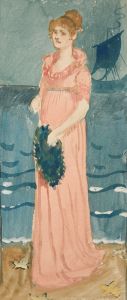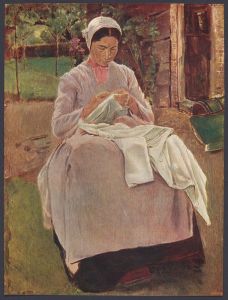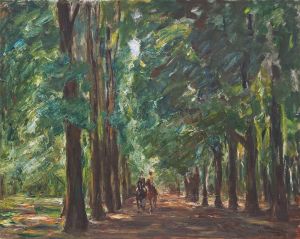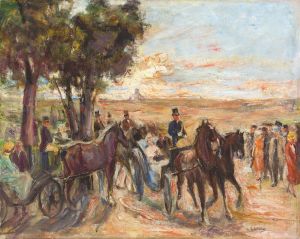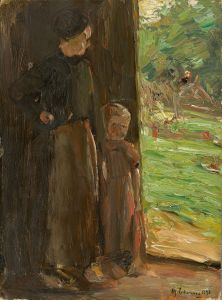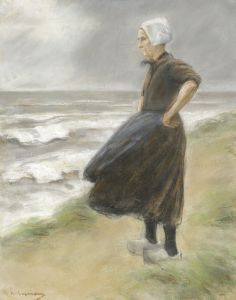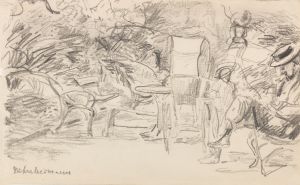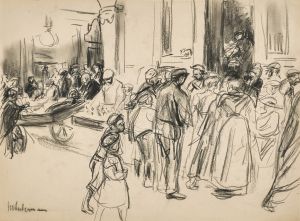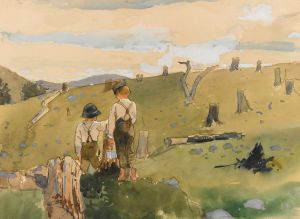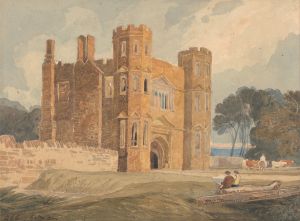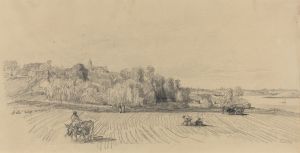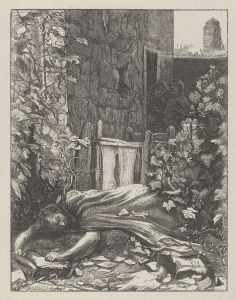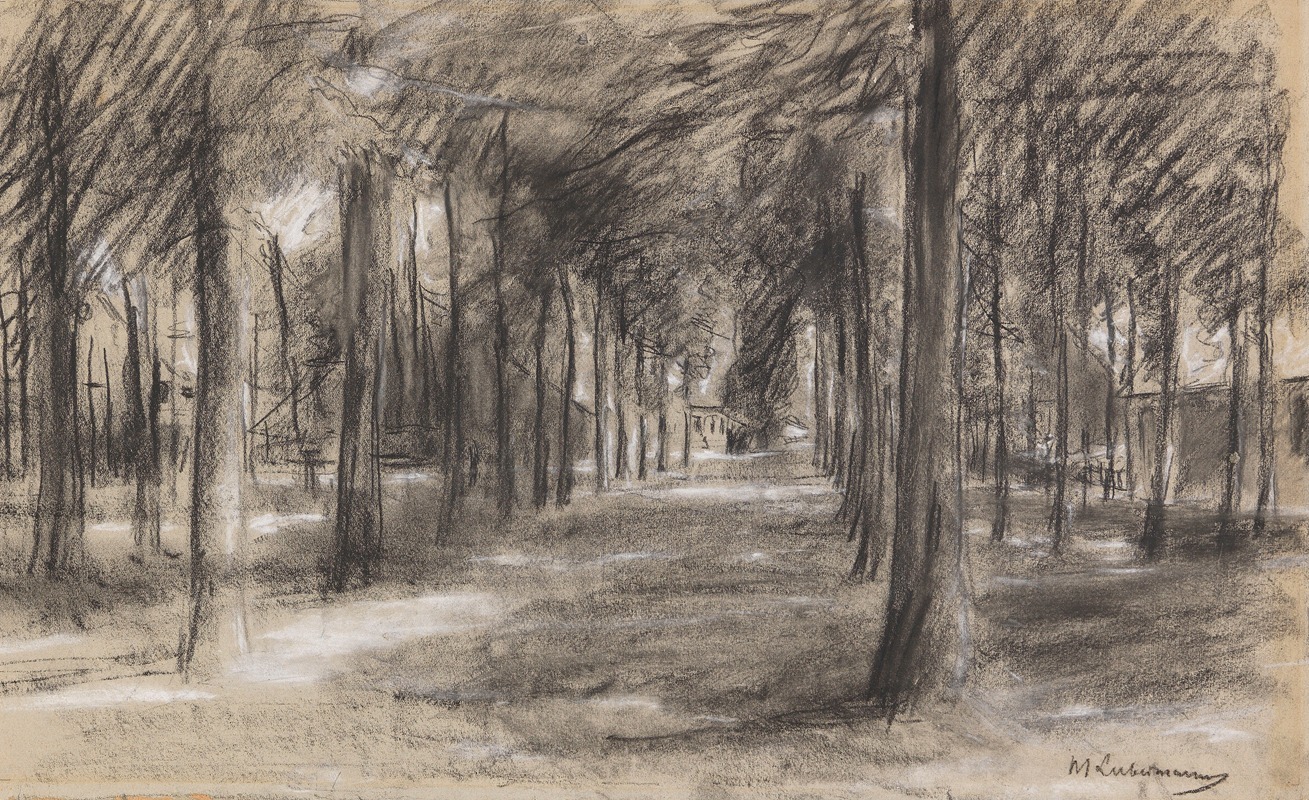
Brink in Laren
A hand-painted replica of Max Liebermann’s masterpiece Brink in Laren, meticulously crafted by professional artists to capture the true essence of the original. Each piece is created with museum-quality canvas and rare mineral pigments, carefully painted by experienced artists with delicate brushstrokes and rich, layered colors to perfectly recreate the texture of the original artwork. Unlike machine-printed reproductions, this hand-painted version brings the painting to life, infused with the artist’s emotions and skill in every stroke. Whether for personal collection or home decoration, it instantly elevates the artistic atmosphere of any space.
"Brink in Laren" is a painting by the German painter Max Liebermann, created in 1887. Liebermann, a leading figure in the German Impressionist movement, is known for his depictions of everyday life and his ability to capture the essence of his subjects with loose brushwork and a keen eye for light and atmosphere.
The painting depicts a scene in the village of Laren, located in the Netherlands. During the late 19th century, Laren was a popular destination for artists due to its picturesque landscapes and traditional rural life. Liebermann was among several artists who visited and worked in the area, drawn by its serene environment and the opportunity to paint en plein air, or outdoors.
In "Brink in Laren," Liebermann captures a tranquil moment in the village's central square, known as the Brink. The Brink is a grassy area surrounded by trees and traditional Dutch houses, serving as a communal space for the villagers. The painting features a group of women and children engaged in daily activities, such as walking and conversing, set against the backdrop of the village's charming architecture and natural beauty.
Liebermann's use of light and color in the painting is notable. He employs a soft, diffused light that bathes the scene in a warm, golden glow, creating a sense of harmony and peace. The artist's brushstrokes are loose and fluid, giving the painting a sense of movement and spontaneity. This technique is characteristic of Impressionism, a movement that sought to capture the fleeting effects of light and atmosphere rather than focusing on precise details.
The composition of "Brink in Laren" is carefully balanced, with the figures arranged in a way that leads the viewer's eye through the scene. The trees and houses frame the central area, drawing attention to the interactions between the villagers. Liebermann's attention to detail in the depiction of the figures' clothing and postures adds to the painting's authenticity and charm.
Max Liebermann's time in Laren was part of a broader trend among artists of the period to seek inspiration in rural settings. This movement was partly a reaction against the industrialization and urbanization of the late 19th century, as artists sought to capture the simplicity and beauty of rural life. Liebermann's works from this period, including "Brink in Laren," reflect his admiration for the Dutch landscape and his ability to convey the quiet dignity of everyday life.
"Brink in Laren" is an excellent example of Liebermann's skill as an artist and his contribution to the Impressionist movement. The painting remains a testament to his ability to capture the essence of a moment and his deep appreciation for the beauty of the natural world. Today, Max Liebermann is celebrated as one of Germany's foremost Impressionist painters, and his works continue to be admired for their technical mastery and emotional depth.





